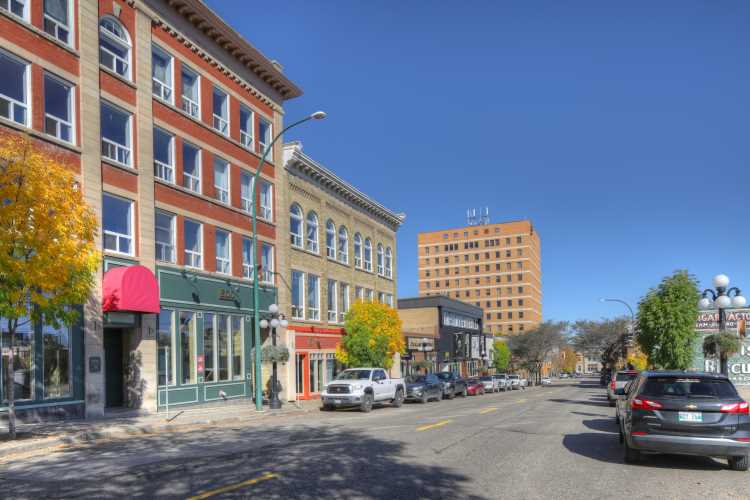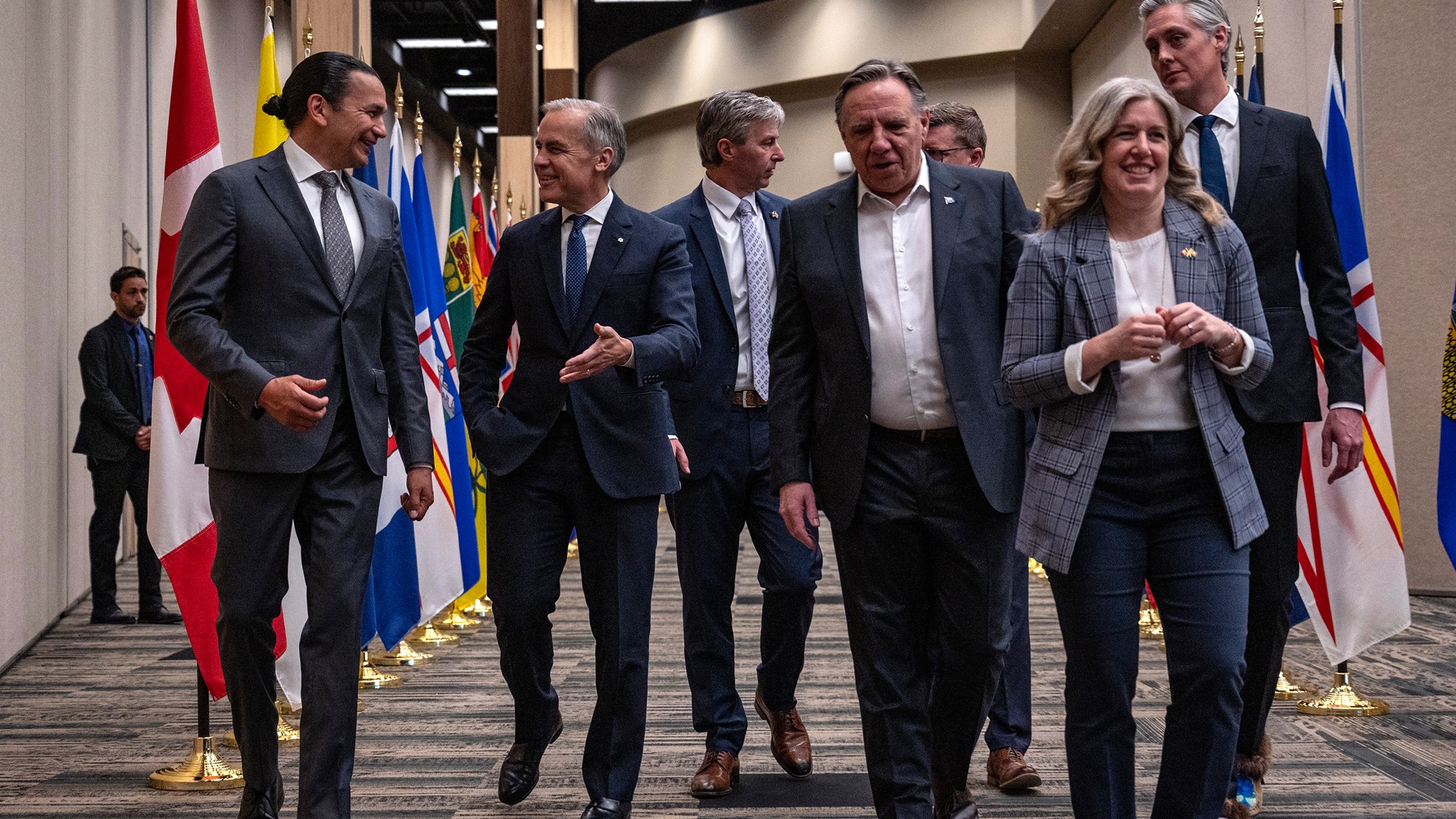
In response to the COVID-19 crisis, the federal government has released up to $382 billion since March 2020 to bolster economic and social activities from coast-to-coast-to-coast. The provinces have also contributed additional financial assistance measures such as rent subsidies, and help in accessing credit and wage support for businesses and workers to mitigate their income losses.
However, most of the governmental financial assistance programs are designed to apply equally across the regions under their jurisdiction and proportionally to their population – in other words, without considering that some regions have been more adversely affected by the pandemic than others. A one-size-fits-all-response has a limited scope. Instead, action must be tailored in a way that understands the differences between large cities and smaller urban centres, provides alternative work and invests in the public sector.
In planning for economic resilience – that is, to help communities of all sizes absorb future economic disruptions and return to equilibrium quickly – being able to provide financial relief to communities equally across the country is likely to leave some businesses and workers behind. Vulnerability factors vary not only from one region to another, but also between large cities and the small urban centres that make up each region.
For instance, large cities have been made especially vulnerable by restrictive measures that have emptied their most attractive and productive places, including shopping malls and cultural centres, as well as office towers and institutional buildings. In contrast, small urban centres have been made vulnerable by the temporary or partial closure of regional and national borders, and by the subsequent storage and transportation constraints that have limited access to, and mobility of, their most profitable products and resources.
To better account for such diverse regional and urban contexts in planning for economic resilience, additional conditions should be met.

Tailor resilience strategies to both large cities and smaller urban centres
First, federal and provincial government resilience strategies should be more sensitive to the economic identities of municipalities of all sizes. Such strategies could involve separate measures for the country’s largest cities – which owe their resilience to a dominant digitalized economy where many activities are able to continue remotely – and small urban centres of various sizes and types, whose resilience factors are often based on their niche of expertise and their ability to supply large cities with essential products (food and pharmaceuticals, for example).
Such a place-sensitive approach to policy and planning has been used for years in other fields, where the country’s administrative divisions (into provinces, counties or municipalities, for instance) were not suited for the most efficient intervention. Take public health where the national territory is redivided into health regions around hospitals and other health services for better management purposes. In tourism, tourist regions in Quebec depart from the usual administrative divisions for the purpose of promoting coherent tourism products and destination management.
In short, if at some point there are reasons to believe that administrative systems and geographies designed years ago are preventing us from achieving new goals or facing emerging challenges, we may need to review them.
Design a backup plan that provides jobs for all
Second, resilience plans should include backup measures that provide work alternatives, especially to those in the most vulnerable jobs. There is a gap between the type of jobs lost during COVID – largely low-skilled jobs in accommodation and food services, as well as retail and wholesale trades – and the highly skilled job-creation envisioned by business leaders of the Industry Strategy Council based on a plan for building a digital, sustainable and innovative economy.
To create more resilient communities amid future disruptions, diverse economic activities need to be supported. This means supporting various sectors, ranging from labor-intensive ones — such as agriculture, accommodation services and social assistance services — to knowledge-intensive sectors, such as advanced manufacturing and aerospace. It also includes jobs requiring diverse skill levels ranging from low-skilled jobs, such as in retail trade, to high-skilled jobs, such as in engineering services. In this way, all Canadians, including those who have only a high-school diploma or less – which account for about 35 per cent of the population between 25 and 64 years old – will not be left behind in recovery plans.
Furthermore, the job market has greatly changed with the emergence of previously atypical work such as part-time jobs, self-employed workers, temporary work, having multiple jobs and gig-economy work. For the workforce, this change opens the door to alternatives to “diversify” their income and their contribution to society. For governments, this change challenges the traditional employee-assistance programs to include all forms of jobs. Such a change should be seen as an opportunity, rather than a risk, to make communities, businesses and workers more resilient. In fact, as we’ve seen during COVID, businesses offering a variety of work and service arrangements, as well as workers with transferable and diversified skills, were generally more resilient.
Invest in the public sector at national, regional and local levels
Finally, for the public sector, investment in human resources should be consistent with the number and change in scope of policies, programs, initiatives and measures that are asked of the government and cities. The public sector cannot be a shoemaker with poor shoes. To design relevant and effective policies and programs for greener, more inclusive and more resilient cities and regions, the public sector needs new talents with specialized skills — for example, in resilience, inclusion, innovation, high-tech and sustainable development. The Impact Canada Fellowship Program, housed in the government of Canada’s Privy Council Office, is a great example of such an initiative because external talents were brought in to help the government develop innovative solutions to emerging environmental and socioeconomic problems.
Also, there are several ways the public sector can make better use of the collective intelligence of various stakeholders to help address resilience in economic recovery plans for communities of all sizes. Public consultations and roundtables can be time-consuming and costly. However, setting up consultative advisory committees with volunteer members from various organizations who meet on a regular basis during the year can be a great alternative. These forums for informal discussions between the public sector (federal, provincial, and local) and external stakeholders can discuss policies, programs and their implementation. More importantly, they should include not only business leaders, but also community leaders, experts from various fields, academics and representatives of civil society. Acquiring different views and listening to different perspectives will help develop better policies for all.
Building resilience is a multifaceted goal that goes beyond delivering programs to help communities, businesses and workers recover from their losses. It requires tailoring recovery plans to the economic identities of cities and regions, as well as their vulnerabilities, monitoring changes in essential infrastructures, creating backup opportunities for workers of all skill levels, and strengthening the public sector at national, regional and local levels.
This article is part of the Reshaping Canada’s Cities After the Pandemic Shockwave special feature.









